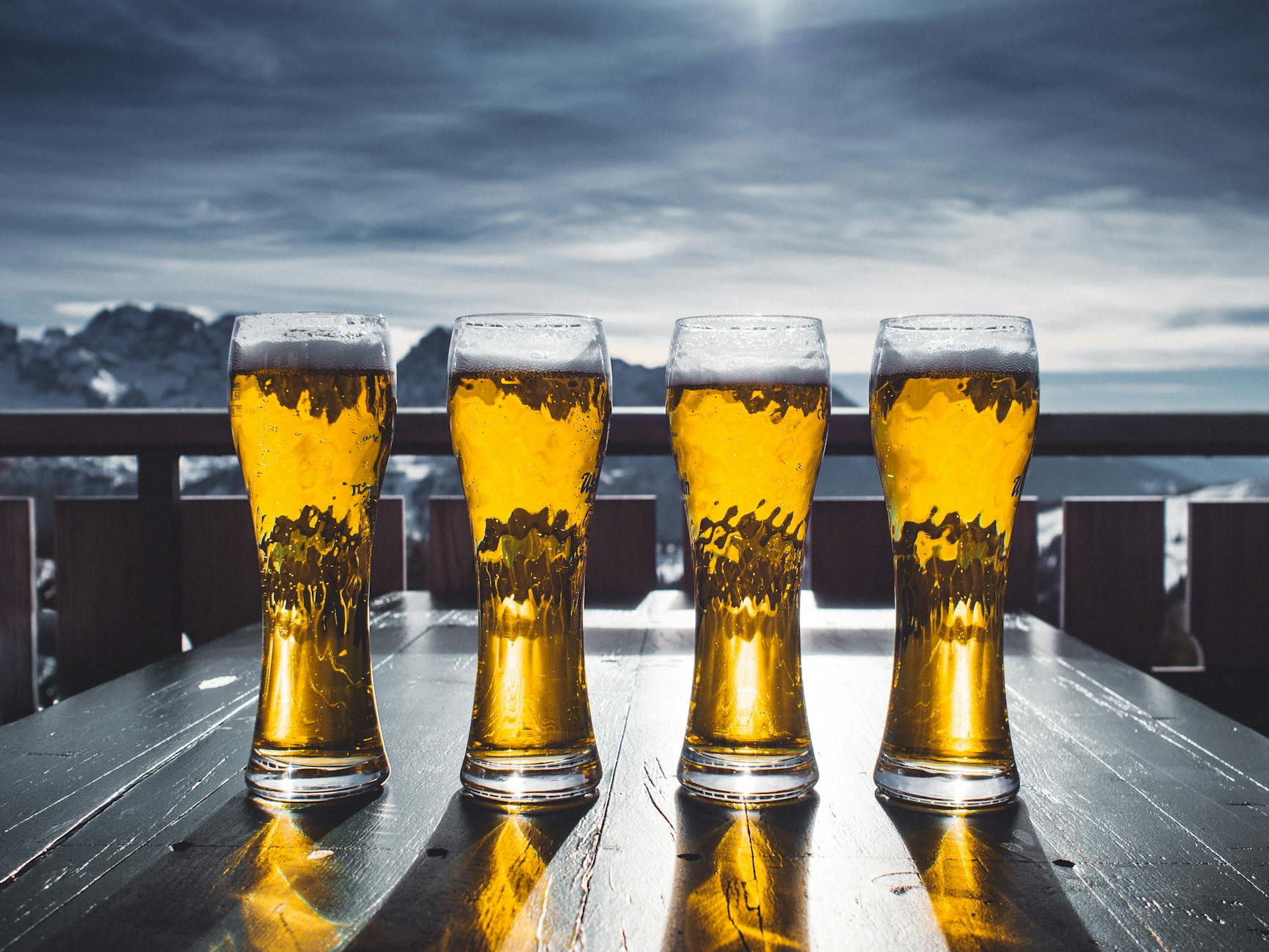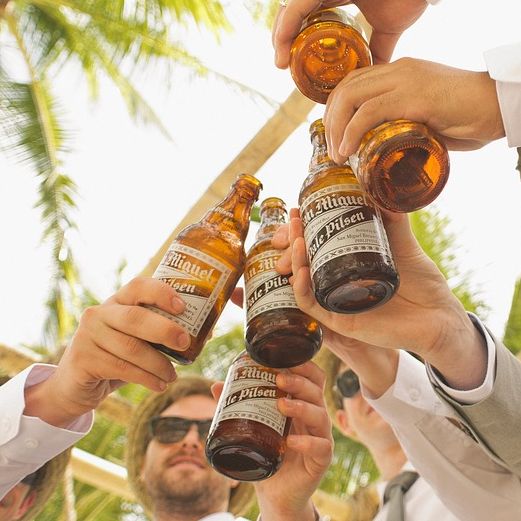
It’s not enough that we only know a little about one of the world’s favorite alcoholic drinks —beer. All over the world, millions of people share the same love for beer, in all its glorious interpretations and variations. Beer culture varies everywhere, and this fizzy, bittersweet drink has surely made every occasion memorable as it’s a staple for almost any event. Apart from water and tea, beer is the most widely consumed beverage of the world. It is only fitting, we learn more about the world’s favorite alcoholic beverage.
Now, for those who are not yet familiar with beer, let this article be your guide to explore more of this drink. From ways on how to enjoy it, its types and varieties, and where it came from. We’ll carefully discuss the important things you need to know about beer.
Also Read: Top Beer Brands Consumed in Chicago
Interested in savings and additional perks at our tastings, select your city here!
History of Beer
The emergence of beer in the world sprouted in a different period in different parts of the world. Research says it originated in prehistoric times when fermented beverages were discovered in East Asia, and that beer was made by brewing from rice or wheat.
In Asia, research says that beer played an important role in their religious life. In Southern Africa, beers usually are a mixture of acids and alcohol, and in Europe, beers were sold by monasteries.
No one can pinpoint the exact time when beer was produced, the only fact that we know is that it was developed in Agrarian societies where the fermentation process is done. However, it traces its past to ancient Mesopotamia when a poem which is a recipe for beer brewing, called “A hymn to Ninkasi” was discovered as one of the earliest human writings. Ninkasi is the ancient Sumerian goddess of beer, and the poem was the oldest record found mentioning this infamous beverage, that tells the “responsibility of women by supplying beer and bread to the household.”
It is known to have started in small-scale brewing, beers have been improved in terms of quality which entailed more complex brewing processes. If in the past, beer used to be brewed traditionally using simpler ingredients, a lot of recent developments have paved the way to make improvements with this beverage. At present, beers are produced by multinational companies and are sold everywhere in the world. With different flavors and profiles, beer is now widely consumed across all demographics.
Enter TODAY to win a free trip to Dublin for St. Patrick’s Day!
Types of Beer
Now that you have learned historical facts about beer, it is important to know that there are different types of beers. Each beer differs depending on the type of yeast used for its fermenting process. Are you familiar with the terms ale, lager, malt, and stouts? If not, here’s a brief description of some of the more commonly known beer types.
Ale is a type of beer which has a sweet and fruity taste. It is produced through warm fermentation and is brewed without using hops, which are flowers used as flavoring agent in beers. There are also different types of ales namely brown ale, pale ale, India Pale Ale (IPA), golden ale, Scotch ales, and Barley wine, among others.
Lagers are beers which undergo a process of cold fermentation. It’s the most known commercially, with multinational companies producing some of the most popular lager brands.
Stouts are dark beers which include roasted malt, hops, water, and yeast. Stouts also have mid to high alcohol levels, and types include Irish Dry, American, Oatmeal, and Milk.
Porters are dark-style beers with flavors that will remind you of chocolate, coffee, or caramel. Varieties of Porter include American Imperial Porter, English Brown Porter, and Robust Porter.
Wheat Beer is a type that uses wheat and has a lighter color and content of alcohol. Varieties of Wheat Beer are American Pale Wheat, Belgian Witbier, Berliner Weisse, Dunkelweizen, and Hefeweizen.
Tips On How To Enjoy Beer
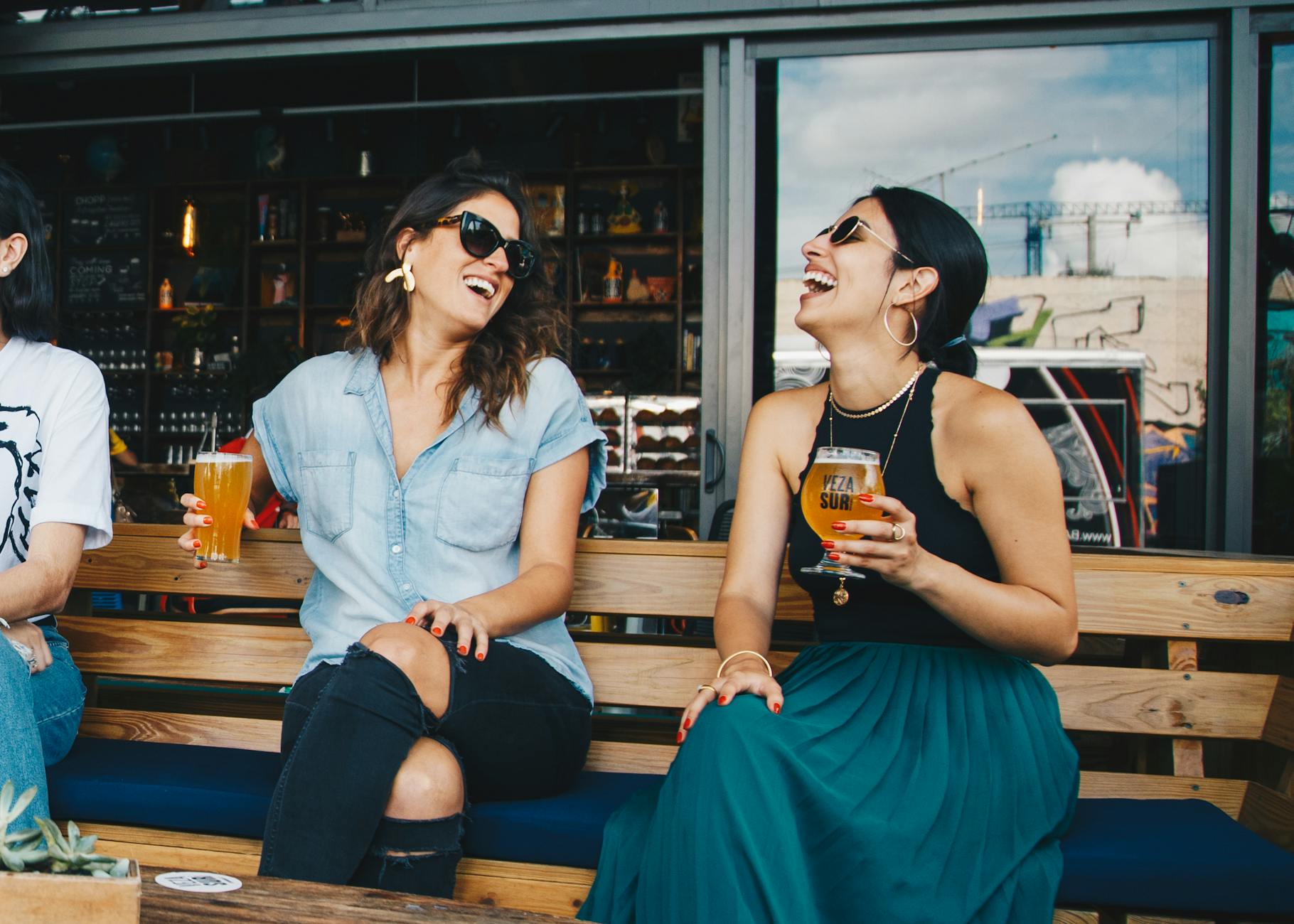 Photo via Pexels
Photo via Pexels
Now that you’ve learned a piece of history about the world’s favorite alcoholic drink, it’s now time for you to know how to better enjoy it. If you’re still not convinced you may like drinking beer, here are some tricks to help you:
1. Taste different kinds of beers to know your preference
If you’ve never been a fan of beer, maybe you haven’t tried more. As we’ve mentioned before, there are different types of beer—some may be too bitter for your taste, others too sweet. Tasting different beer flavors will let you know which would be the best fit for you. The best way to start would be to attend beer tasting events. Most beer tasting events invite the best craft breweries, so surely, you’ll be able to taste quality ones. If you’re out on a beer tasting event, why not sample each beer available? Not only will you be familiarized with more options, you will be able to select one based on your preference.
Interested in savings and additional perks at our tastings, select your city here!
2. Pair your beer with food to make it taste better
Sometimes, beer is better when you pair it with food—not just any food though—but something that best complements the flavor profiles. To help you with the ideal food and beer pairings, a guide by epicurious.com shows that there are specific types of food for each specific type of beer. It’s important to match your meals with the kind of beer that you have so that it creates a complement or contrast among the flavors of both the food and the drink.
For example, lager beers have a somehow smooth flavor and are mostly light and clean which is best to be paired with light seafood or spicy food. For stouts, which have a strong flavor, the better kind of food to pair it with would be grilled or smoked foods.
3. Pour beer correctly
Did you know that there’s a right way to pour beer? Beer sommeliers state that the proper way of pouring has a scientific explanation. The correct technique is important as to prevent stomach issues, as per Max Bakker, a beer expert. In the article published by businessinsider.com, he shared that the right way to pour beer is to tilt the glass slowly, then pour the beer at the midpoint of the glass, and lightly tilt the glass upright. The presence of foam is important as this protects from “feeling full and uncomfortable.” It also sets the bitter and sweet taste.
4. Drink beer the right way
Just as you should know that there’s a way to pour beer correctly, there’s also a correct way to drink it. The right way to drink a beer is not to gulp it straight from the glass, but to take small sips. This is to allow yourself to taste its flavor and appreciate it, rather than chugging it. You may swirl the beer (just like how you do with wine), and then feel it in your mouth before completely swallowing it.
Aside from the flavor of beers, one factor that makes beers enjoyable to drink would be its temperature. The general rule for beer temperature is that light and low alcohol beers are better cold, while high and full-bodied ones are better warm. The temperature changes the beer drinking experience, so you also have to know the ideal temperature of the beer you drink.
5. Choose the right kind of glass for your beer
Glassware is just as important when drinking beer. It serves a special purpose than just holding your beverage, but glassware is built specifically as it helps preserve the beer foam (which is also an essential part of a beer). To help determine which type of glass is the best one to use for your beer, here’s some of those included in the guide by learn.kegerator.com.
Pint or shaker glass are used for lagers, ales, IPA, stouts, and porters; Tulip and Thistle's Glasses are for Double IPA, Belgian ales, and barley wines because it traps the foam head; while snifters are for the stronger beer flavors such as Belgian IPA. If you want to be a beer enthusiast, make sure to get different glassware to better enjoy your beer experience.
What To Do At a Beer Tasting Event (to make it a good one)
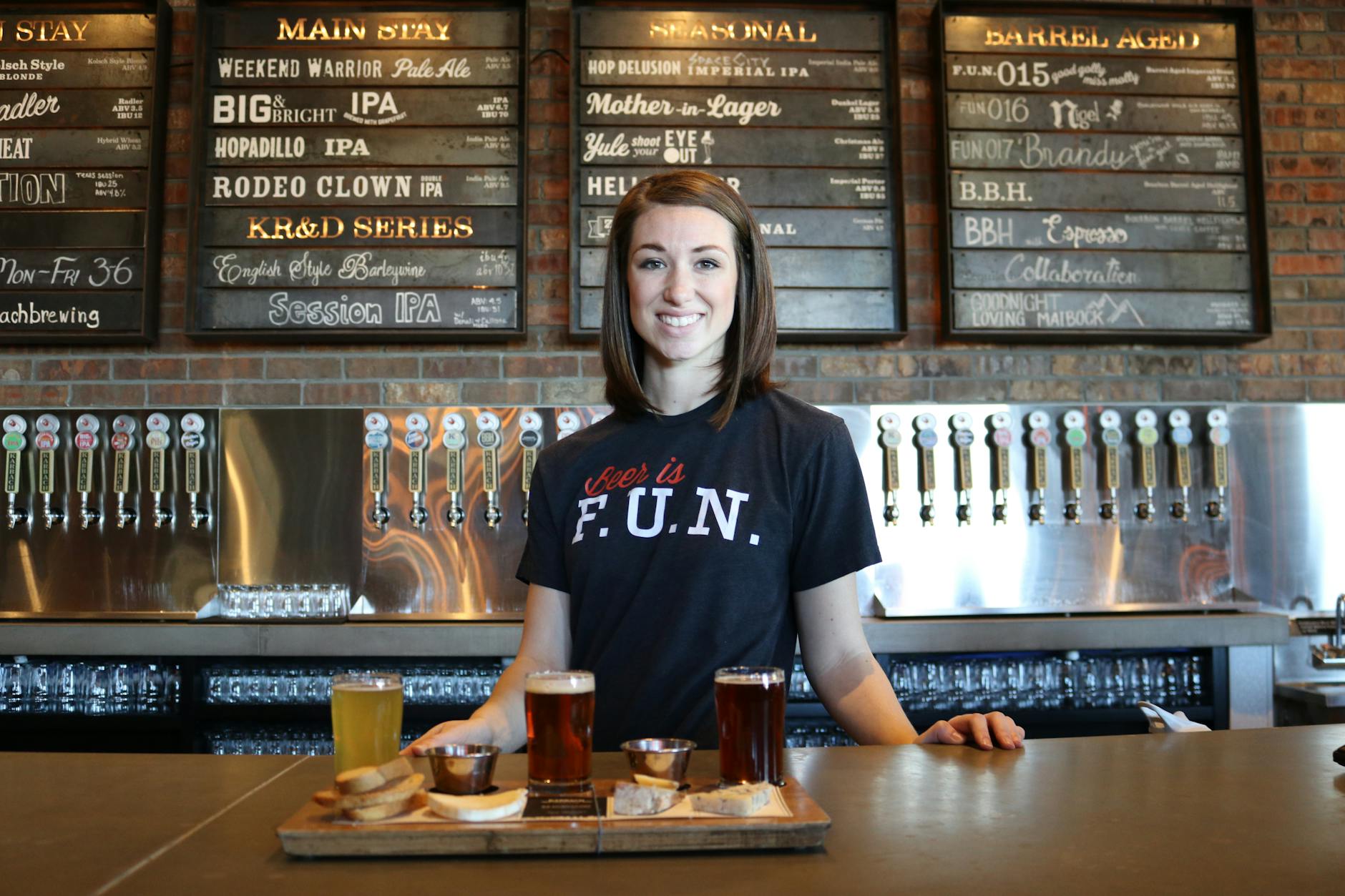 Photo via Pexels
Photo via Pexels
Your next step to becoming a true blue beer enthusiast, you need to learn more about beers by attending special occasions intended specifically for the beverage. Obvious idea, right? A beer-tasting event is one that focuses on offering craft beers from various breweries, both locally and internationally. It is a perfect event to learn about the unique beer offerings which you can sample, select and enjoy.
In the United States, beer tasting events are popular among all beer lovers and beer sommeliers, as the community is built around enjoying local and international brands alike. Various other countries also hold widely-known beer festivals including, Japan, Germany, Hong Kong, Singapore, Georgia, and China.
Whether you’re attending a large-scale beer event or just a simple gathering, it is important that you know what to do during the special and fun occasion. For first-timers, beer-tasting events can be a great start to make yourself all familiar with the wonders of beer. To help you out on your first beer tasting event, here are some tips for you to make the most out of it.
Enter TODAY to win a free trip to Dublin for St. Patrick’s Day!
1. Learn by asking important questions about beer
Since it’s a beer-tasting event, it is important that you get the most out of it—not just by drinking, but also by asking important questions. Remember that you are there to learn, so it’s always a good start to ask about the beverage’s history or by asking what makes it unique. If written materials are available, read it and learn a thing or two.
2. Share your valuable opinions to other guests
Exchanging thoughts about the taste of the beers provided during a tasting event is one of the best parts of a beer-tasting. Not only will you be able to hear valuable insights, you will also get to know fellow beer enthusiasts and potentially become friends with. Interactions are significant in these kinds of tasting events to promote a healthy discussion of the topic. Do not be shy, socialize and let other people hear your thoughts with conversations about beer.
3. Have a taste of the food prepared and pair it with your beer
Although it is an event intended for beers, it is not necessary that you only drink beer as you also have to eat food to slow down the ingestion of alcohol. By eating food, you help prevent the inflammation of tissues in the digestive system caused by alcohols. Also, the beer tastes better when you pair it with food; so if a variety of food is available, by all means, do pair it with your beer of choice.
4. Support the breweries by purchasing beers
If you think you have found the beer that you like, better purchase it right away. By buying the item that you will also support the entire business. Beer tasting events may happen just once in a while, so it is always better to have your favorite brew in stock just in case the next beer tasting event does not come soon. If buying in bulk, make sure to ask for some perks that might go with your purchase. It is also a great way to establish a connection with your favorite brewery—who knows, you may get additional freebies when you become their customer for long.
5. Drink Responsibly
Last but not the least, drink responsibly. Do not overdrink to avoid potential problems. Make sure to handle your alcohol situation by staying sober and if you feel like you have had enough, be responsible enough to stop. Beer tasting events are for tasting—and not chugging the favored beverage. The event is a place to learn and interact with your fellow beer lovers too, so stay in a space in which you will continue to have fun and be educated.
Interested in savings and additional perks at our tastings, select your city here!
Have a Beer-tastic December!
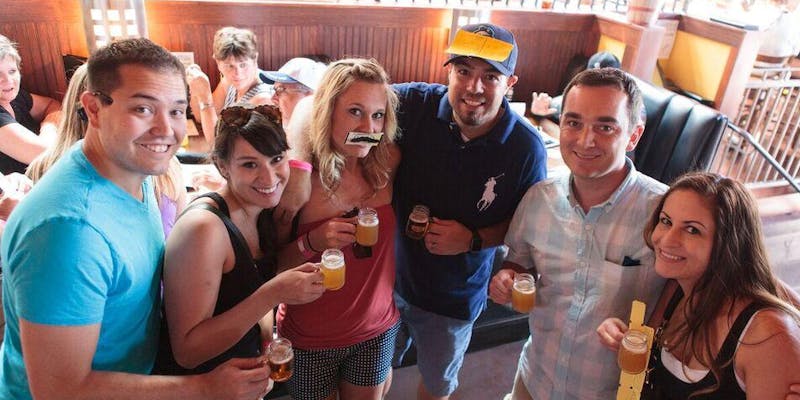
Now that you have read our Beer 101 article, it’s time to be a part of our upcoming exciting beer event; the 2018 Chicago Fall Beer & Cider Tasting Festival which will also be happening in Denver on December 1st. Learn more about us and get updated on beer tasting events near you! All you have to do is visit us at BeSocialScene.com
About Social Scene
Social Scene creates a “scene” an environment to connect people, build relationships and create memories through online campaigns and on-premise social events; focusing on providing exposure to our partnering brands, venues and clients to connect with a great social audience - Experiential Marketing.Social Scene builds brand awareness for partnering venues and brands, connecting them with a targeted audience to build relationships and create memories. Visit BeSocialScene.com for the most up to date events and to partner on an upcoming experience.Want to build a live or online experience around your company’s brand or venue? Email info@besocialscene.com or send a message directly at BeSocialScene.com. Be Social. Be Seen.
References:
https://www.brusselsjournal.com/node/4061
https://www.epicurious.com/expert-advice/how-to-pair-beer-and-food-article
https://www.independent.co.uk/life-style/beer-foam-tilt-bloated-explanation-a8142506.html
https://beerandbrewing.com/cold-beer-warm-beer-select-the-right-serving-temperature/
https://www.webstaurantstore.com/article/27/different-types-of-beers.html#porter
Denise Villamar
Professional Content Writer
Social Scene
BeSocialScene.com



